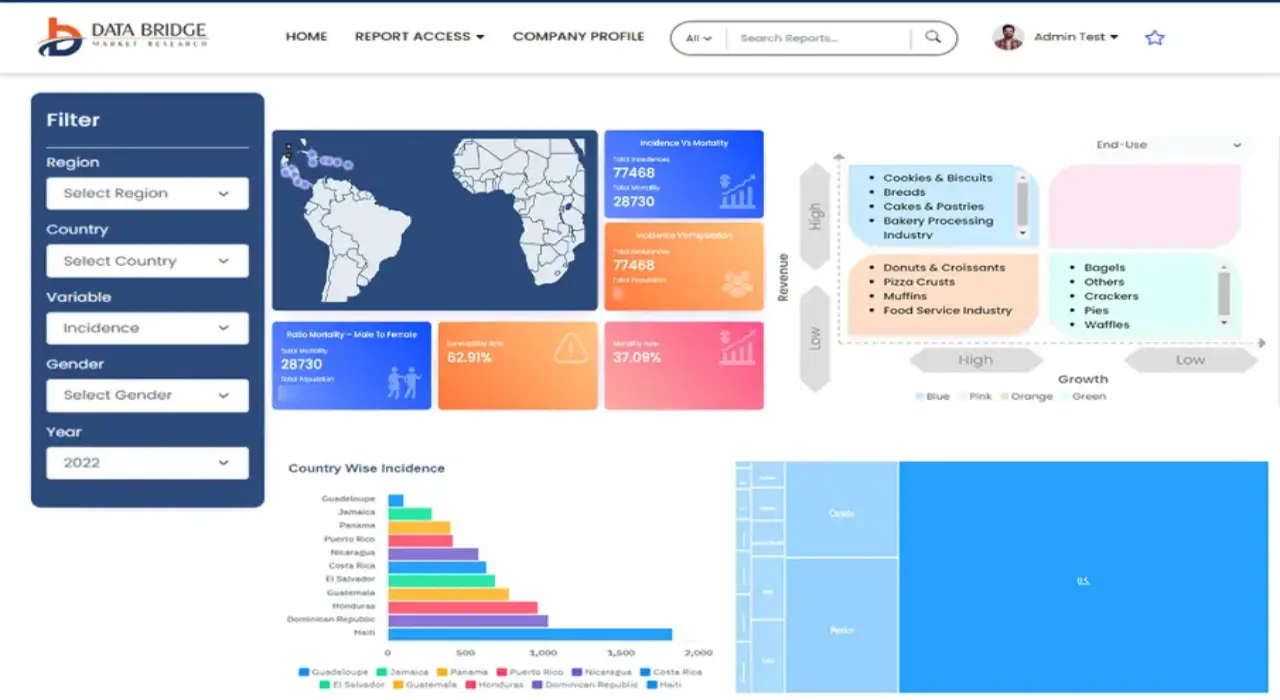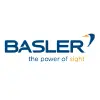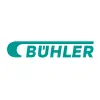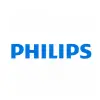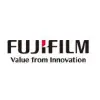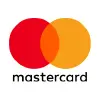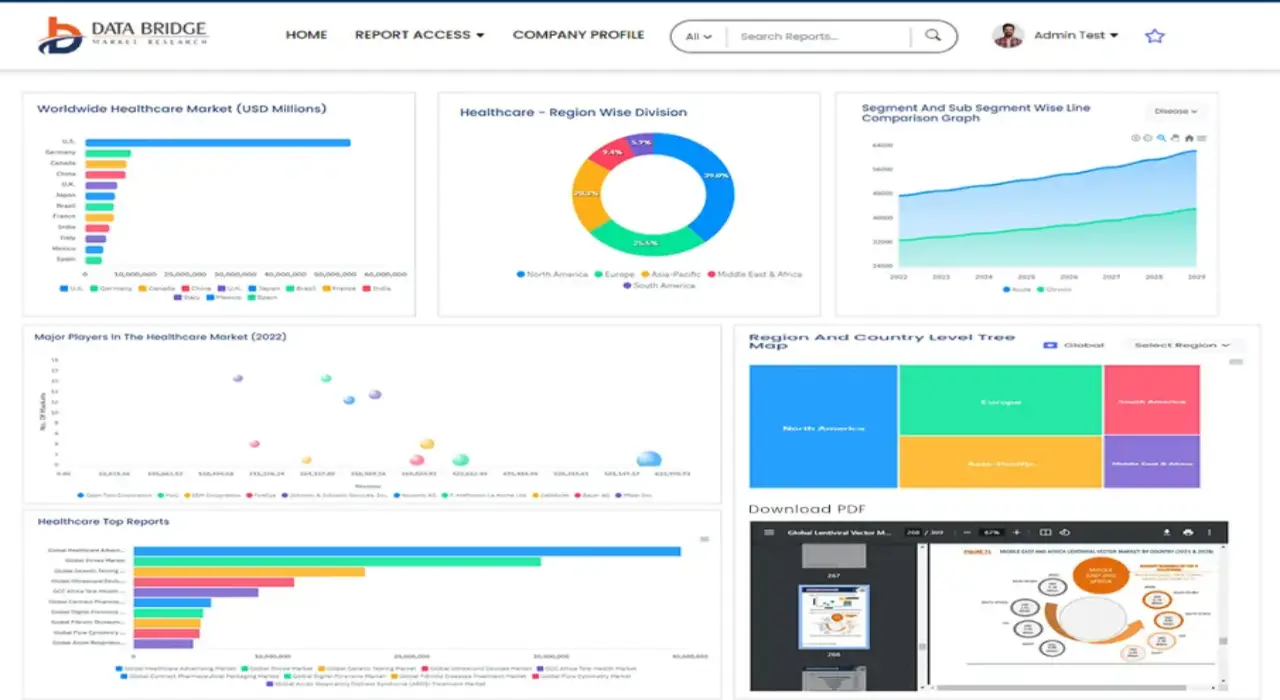Malaysia Automotive Interior Materials Market
Market Size in USD Million
CAGR :
% 
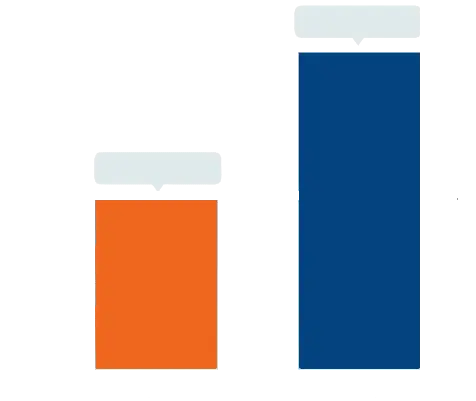 USD
631.72 Million
USD
969.50 Million
2024
2032
USD
631.72 Million
USD
969.50 Million
2024
2032
| 2025 –2032 | |
| USD 631.72 Million | |
| USD 969.50 Million | |
|
|
|
|
Malaysia Automotive Interior Materials Market Segmentation, By Type (Leather, Thermoplastic Polymers, Fabric, Plastic, Metal, Composite and Others), By Vehicle Type (Passenger Vehicles, Light Commercial Vehicles (LCV), Heavy Weight Commercial Vehicles (HCV) And Others), By Application (Seating, Dashboards, Airbag & Seat Belts, Door Panel, Carpet & Headliner, Interior Trim, IVI System, Noise Cancellation and Others)-Industry Trends and Forecast to 2032
Malaysia Automotive Interior Materials Market Size
- The Malaysia automotive interior materials market size was valued at USD 631.72 million in 2024 and is expected to reach USD 969.50 million by 2032, at a CAGR of 5.50% during the forecast period
- The market growth is primarily driven by increasing vehicle production, rising consumer preference for enhanced comfort and aesthetics, and the growing use of advanced materials in passenger vehicles
- Additionally, the rising demand for lightweight and eco-friendly interior components—especially among younger, sustainability-conscious buyers—is further accelerating the market expansion across Malaysia
Malaysia Automotive Interior Materials Market Analysis
- Automotive interior materials, encompassing fabrics, polymers, leather, and composites, are essential for enhancing vehicle comfort, safety, and aesthetics, playing a crucial role in brand differentiation and customer experience within both passenger and commercial vehicles
- The growing demand is driven by increasing vehicle ownership, heightened consumer expectations for premium interiors, and a strong push from automakers toward lightweight and sustainable materials to improve fuel efficiency
- The thermoplastic polymers segment dominated the market with the largest revenue share of 38.4% in 2024, owing to their durability, lightweight characteristics, and cost efficiency
Report Scope and Malaysia Automotive Interior Materials Market Segmentation
|
Attributes |
Malaysia Automotive Interior Materials Key Market Insights |
|
Segments Covered |
|
|
Countries Covered |
|
|
Key Market Players |
|
|
Market Opportunities |
|
|
Value Added Data Infosets |
In addition to the insights on market scenarios such as market value, growth rate, segmentation, geographical coverage, and major players, the market reports curated by the Data Bridge Market Research also include in-depth expert analysis, pricing analysis, brand share analysis, consumer survey, demography analysis, supply chain analysis, value chain analysis, raw material/consumables overview, vendor selection criteria, PESTLE Analysis, Porter Analysis, and regulatory framework. |
Malaysia Automotive Interior Materials Market Trends
“Advanced Comfort and Personalization Through AI and Smart Technologies”
- A significant and accelerating trend in the Malaysia Automotive Interior Materials Market is the increasing integration of artificial intelligence (AI) and smart technologies within vehicle interiors. Automakers are embedding AI-driven features that enhance in-cabin personalization, comfort, and user interaction, reflecting rising consumer expectations for high-tech, intuitive driving experiences.
- For instance, premium vehicle models now feature AI-assisted climate control systems that automatically adjust temperature, airflow, and seat settings based on passenger preferences. Similarly, voice-activated systems, such as Mercedes-Benz’s MBUX or BMW’s iDrive, allow drivers to control interior functions such as lighting, media, and navigation with natural language commands.
- AI integration is also enabling smart seating systems with posture detection and automatic adjustments, improving ergonomics and reducing driver fatigue. Some systems can even monitor driver alertness and provide warnings or suggestions to take breaks. Additionally, ambient lighting systems use AI to adjust color and brightness in real time based on driving conditions or user mood.
- The seamless incorporation of smart technologies into vehicle interiors fosters a more immersive and user-centric driving environment. Through centralized interfaces, drivers can manage entertainment, navigation, and climate settings, all while maintaining focus on the road. Automakers are increasingly offering OTA (over-the-air) updates to continuously improve and customize interior systems post-purchase.
- This trend toward intelligent, adaptive, and tech-enhanced automotive interiors is fundamentally reshaping consumer expectations in Malaysia. Companies such as Perodua and Proton, along with international OEMs, are rapidly adopting these innovations to meet demand for smarter, more connected in-cabin experiences.
- The demand for AI-powered and digitally integrated interior materials is growing across both mass-market and premium segments, as Malaysian consumers seek vehicles that deliver personalized comfort, safety, and convenience, aligning with broader global trends in automotive digital transformation.
Malaysia Automotive Interior Materials Market Dynamics
Driver
“Growing Demand Driven by Vehicle Modernization and Consumer Lifestyle Shifts”
- The increasing demand for enhanced in-vehicle comfort, aesthetics, and safety, along with Malaysia’s growing middle-class population and expanding automotive sector, is a key driver for the rising use of advanced interior materials. Consumers are placing greater importance on vehicle interiors as a reflection of personal style, comfort, and overall driving experience.
- For instance, in May 2024, Perodua announced its new lineup featuring upgraded cabin materials, including soft-touch dashboards and eco-friendly seat upholstery, signaling a shift toward more premium, sustainable interiors in affordable vehicle segments. Similar strategies by both local and international automakers are expected to support long-term market growth.
- As more Malaysians prioritize convenience, style, and wellness in their vehicle purchases, interior materials such as lightweight polymers, natural fibers, and antimicrobial fabrics are gaining traction. These materials not only improve aesthetics but also offer functional benefits such as noise reduction, thermal comfort, and improved air quality.
- Additionally, the broader trend toward vehicle electrification and digitalization is reshaping design priorities. Electric vehicles (EVs), which are gaining ground in Malaysia, often feature minimalist, tech-focused interiors with large infotainment displays and smart controls—requiring new types of materials that are both durable and tech-compatible.
- The rise in ride-sharing services and urban mobility solutions is also encouraging OEMs and interior suppliers to focus on easy-to-clean, wear-resistant, and modular interior components. This is fostering demand for materials that balance durability with comfort and design flexibility across both private and commercial vehicle categories.
Restraint/Challenge
“High Dependency on Imports and Cost Sensitivity”
- A major challenge for the Malaysia Automotive Interior Materials Market is its reliance on imported raw materials and high-performance composites, which are often subject to currency fluctuations and global supply chain disruptions. This dependence limits the ability of local manufacturers to manage costs and production timelines effectively.
- For Instance, fluctuations in global oil prices and trade regulations can directly impact the availability and pricing of petrochemical-based materials such as plastics and synthetic leathers, which are widely used in automotive interiors.
- Moreover, the relatively high cost of premium or sustainable interior materials may limit adoption in Malaysia’s price-sensitive automotive segments. Many consumers still prioritize affordability over luxury features, especially in entry-level and compact vehicle categories that dominate the local market.
- Cost constraints also impact the widespread use of advanced technologies such as smart textiles, active noise-cancellation materials, and climate-regulating fabrics, which remain largely confined to premium or imported vehicle models.
- Bridging this gap will require localized material innovation, government support for domestic manufacturing, and greater investment in R&D. Promoting economies of scale and incentivizing the use of sustainable materials could help reduce production costs and broaden access across market segments.
Malaysia Automotive Interior Materials Market Scope
The automotive interior materials market is segmented on the basis of type, application and vehicle type.
• By Type
On the basis of material type, the Malaysia automotive interior materials market is segmented into leather, thermoplastic polymers, fabric, plastic, metal, composite, and others. The thermoplastic polymers segment dominated the market with the largest revenue share of 38.4% in 2024, owing to their durability, lightweight characteristics, and cost efficiency. These materials are extensively used in dashboards, door panels, and trims due to their ease of molding and resistance to wear and UV exposure. Their compatibility with injection molding also supports high-volume production and customization, making them a preferred choice among OEMs.
The composite segment is projected to witness the fastest growth at a CAGR of 20.4% from 2025 to 2032, fueled by growing demand for high-performance, eco-friendly, and lightweight materials. As automakers in Malaysia increasingly adopt sustainable practices and electric vehicle designs, composites are gaining traction for their strength-to-weight ratio and potential to enhance fuel efficiency and reduce emissions.
• By Vehicle Type
On the basis of vehicle type, the market is segmented into passenger vehicles, light commercial vehicles (LCV), heavy-weight commercial vehicles (HCV), and others. The passenger vehicles segment dominated the market with a revenue share of 61.2% in 2024, driven by increasing urbanization, rising disposable incomes, and growing demand for personal mobility. Passenger cars often prioritize comfort, safety, and aesthetics, leading to greater demand for high-quality interior materials. The shift toward premium features in mid-range vehicles also supports this segment’s dominance.
The electric vehicles (EVs) sub-segment within passenger vehicles is expected to be the fastest-growing category, with a projected CAGR of 22.7% from 2025 to 2032, as Malaysia ramps up EV adoption and infrastructure under its Low Carbon Mobility Blueprint. EV interiors often emphasize minimalist design, digital integration, and lightweight construction—spurring demand for innovative interior materials such as composites, thermoplastics, and smart textiles.
• By Application
On the basis of application, the Malaysia automotive interior materials market is segmented into seating, dashboards, airbag & seat belts, door panel, carpet & headliner, interior trim, IVI (In-Vehicle Infotainment) system, noise cancellation, and others. The seating segment held the largest revenue share of 34.6% in 2024, as seats are central to passenger comfort, ergonomics, and safety. Automakers are increasingly using breathable fabrics, antimicrobial materials, and high-density foam to enhance comfort and hygiene, especially in post-COVID consumer preferences. Electrically adjustable and heated/cooled seats also drive premium material demand.
The IVI system segment is projected to witness the fastest growth at a CAGR of 21.9% from 2025 to 2032, driven by the rising adoption of smart infotainment systems, voice-controlled features, and digital displays. This trend is particularly strong in Malaysia's growing tech-savvy consumer base, prompting demand for materials that offer thermal management, EMI shielding, and touchscreen compatibility in infotainment enclosures and bezels.
Malaysia Automotive Interior Materials Market Regional Analysis
- North America dominated the automotive interior materials market in Southeast Asia with a significant revenue share 40.02% in 2024, driven by expanding vehicle production, rising consumer demand for premium features, and supportive government policies under the National Automotive Policy (NAP 2020)
- Malaysian consumers increasingly value comfort, durability, and modern aesthetics in their vehicles, prompting automakers to adopt advanced interior materials such as soft-touch plastics, eco-friendly fabrics, and noise-insulating composites
- This growing preference is further reinforced by rising disposable incomes, rapid urbanization, and the increasing availability of tech-integrated vehicles, positioning Malaysia as a key growth hub for interior material innovation in both domestic and export-oriented automotive manufacturing
Malaysia Automotive Interior Materials Market Share
The Automotive Interior Materials industry is primarily led by well-established companies, including:
- Adient plc (Ireland)
- Lear Corporation (U.S.)
- Faurecia (France)
- Toyota Boshoku Corporation (Japan)
- Gentherm (U.S.)
- BASF SE (Germany)
- Sealed Air Corporation (U.S.)
- 3M Company (U.S.)
- Covestro AG (Germany)
- SABIC (Saudi Arabia)
- Harman International (U.S.)
- Continental AG (Germany)
What are the Recent Developments in Malaysia Automotive Interior Materials Market?
- In April 2023, UMW Holdings Berhad, a leading Malaysian automotive player, launched a strategic initiative to expand the production of eco-friendly and lightweight interior materials aimed at improving vehicle fuel efficiency and sustainability. This move reflects UMW’s commitment to supporting the automotive industry’s shift towards greener manufacturing and enhancing vehicle performance through advanced interior solutions tailored to regional demand.
- In March 2023, Denso Malaysia Sdn Bhd, a global automotive components supplier, introduced innovative thermoplastic polymer composites for passenger vehicle interiors. These new materials are designed to offer superior durability, reduced weight, and enhanced aesthetics, meeting increasing consumer expectations for comfort and environmental sustainability in Malaysia’s growing automotive market.
- In March 2023, Toyota Boshoku Corporation’s Malaysian subsidiary successfully implemented advanced fabric technologies that improve seat comfort and noise reduction in local production vehicles. This development underscores Toyota Boshoku’s focus on integrating cutting-edge materials that enhance passenger experience while aligning with Malaysia’s automotive interior market growth trends.
- In February 2023, Magna Seating Malaysia announced a strategic partnership with local OEMs to develop custom leather and composite materials for luxury vehicle interiors. This collaboration aims to boost innovation in interior design, emphasizing high-quality craftsmanship and sustainable sourcing, which strengthens Malaysia’s position as a key supplier in the regional automotive interior materials market.
- In January 2023, Continental Automotive Malaysia unveiled its latest dashboard and interior trim materials made from recyclable plastics and composites at the Malaysia Automotive, Robotics, and IoT Exhibition. These new products demonstrate Continental’s commitment to sustainability and innovation, offering automakers advanced material solutions that reduce environmental impact while maintaining high performance and aesthetic appeal.
SKU-
Get online access to the report on the World's First Market Intelligence Cloud
- Interactive Data Analysis Dashboard
- Company Analysis Dashboard for high growth potential opportunities
- Research Analyst Access for customization & queries
- Competitor Analysis with Interactive dashboard
- Latest News, Updates & Trend analysis
- Harness the Power of Benchmark Analysis for Comprehensive Competitor Tracking
Malaysia Automotive Interior Materials Market, Supply Chain Analysis and Ecosystem Framework
To support market growth and help clients navigate the impact of geopolitical shifts, DBMR has integrated in-depth supply chain analysis into its Malaysia Automotive Interior Materials Market research reports. This addition empowers clients to respond effectively to global changes affecting their industries. The supply chain analysis section includes detailed insights such as Malaysia Automotive Interior Materials Market consumption and production by country, price trend analysis, the impact of tariffs and geopolitical developments, and import and export trends by country and HSN code. It also highlights major suppliers with data on production capacity and company profiles, as well as key importers and exporters. In addition to research, DBMR offers specialized supply chain consulting services backed by over a decade of experience, providing solutions like supplier discovery, supplier risk assessment, price trend analysis, impact evaluation of inflation and trade route changes, and comprehensive market trend analysis.
Research Methodology
Data collection and base year analysis are done using data collection modules with large sample sizes. The stage includes obtaining market information or related data through various sources and strategies. It includes examining and planning all the data acquired from the past in advance. It likewise envelops the examination of information inconsistencies seen across different information sources. The market data is analysed and estimated using market statistical and coherent models. Also, market share analysis and key trend analysis are the major success factors in the market report. To know more, please request an analyst call or drop down your inquiry.
The key research methodology used by DBMR research team is data triangulation which involves data mining, analysis of the impact of data variables on the market and primary (industry expert) validation. Data models include Vendor Positioning Grid, Market Time Line Analysis, Market Overview and Guide, Company Positioning Grid, Patent Analysis, Pricing Analysis, Company Market Share Analysis, Standards of Measurement, Global versus Regional and Vendor Share Analysis. To know more about the research methodology, drop in an inquiry to speak to our industry experts.
Customization Available
Data Bridge Market Research is a leader in advanced formative research. We take pride in servicing our existing and new customers with data and analysis that match and suits their goal. The report can be customized to include price trend analysis of target brands understanding the market for additional countries (ask for the list of countries), clinical trial results data, literature review, refurbished market and product base analysis. Market analysis of target competitors can be analyzed from technology-based analysis to market portfolio strategies. We can add as many competitors that you require data about in the format and data style you are looking for. Our team of analysts can also provide you data in crude raw excel files pivot tables (Fact book) or can assist you in creating presentations from the data sets available in the report.

